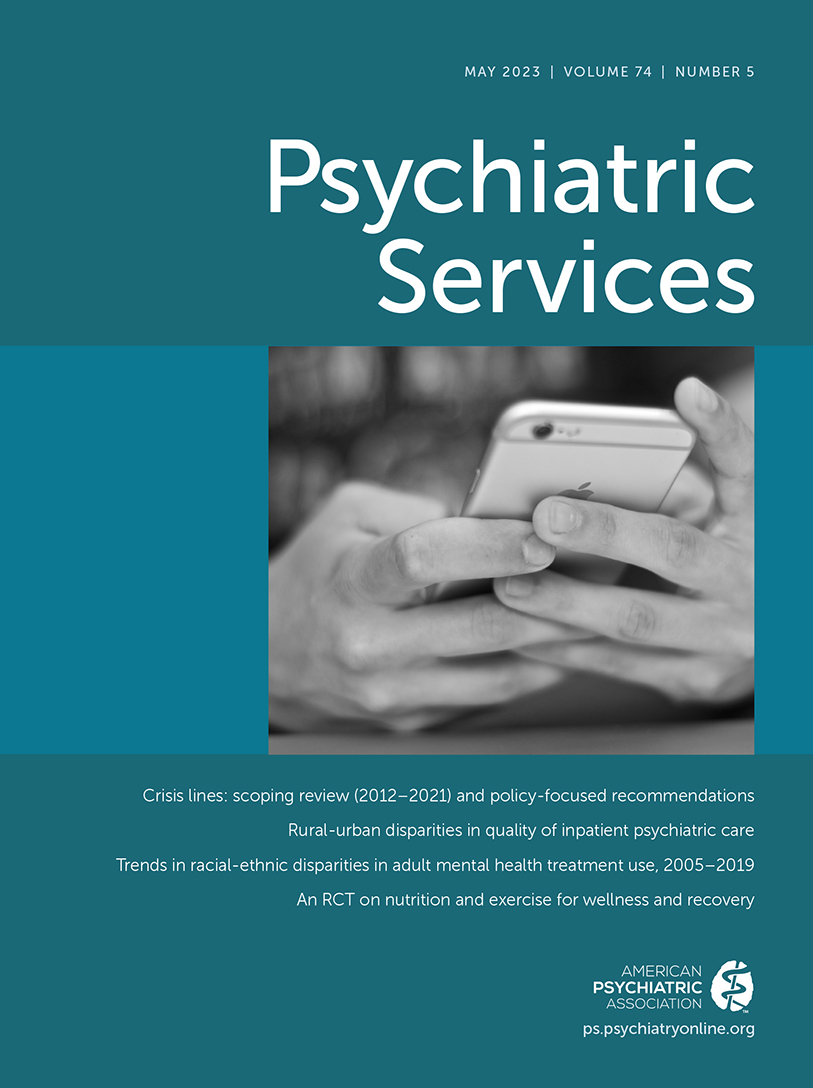Abstract
Objective:
Women with serious mental illness are more likely to be diagnosed as having late-stage breast cancer than women without serious mental illness, suggesting a disparity in screening mammography. This study aimed to compare screening mammography rates in a nationally representative sample of Medicaid beneficiaries with and without schizophrenia.
Methods:
Medicaid Analytic eXtract files, 2007–2012, were used to identify a cohort of women ages 40–64 with schizophrenia who were eligible for Medicaid but not Medicare (N=87,572 in 2007 and N=114,341 in 2012) and a cohort without schizophrenia, frequency-matched by age, race-ethnicity, and state (N=97,003 in 2007 and N=126,461 in 2012). Annual screening mammography rates were calculated and adjusted for demographic characteristics and comorbid conditions. Multivariable logistic regression was used to estimate the association between beneficiary characteristics and screening mammography rates.
Results:
In 2012, 27.2% of women with schizophrenia completed screening mammography, compared with 26.8% of the control cohort. In the schizophrenia cohort, American Indian/Alaskan Native women had significantly lower odds of receiving mammography (OR=0.82, p=0.02) than White women, whereas Hispanic/Latina women had higher odds (OR=1.16, p<0.001). Women with schizophrenia and a nonalcohol-related substance use disorder had lower odds of receiving mammography (OR=0.74, p<0.001) than women without a substance use disorder. Having at least one medical visit in the past year (vs. no visits) increased the odds of receiving screening mammography (OR=5.08, p<0.001).
Conclusions:
Screening mammography rates were similar between Medicaid-insured women with and those without schizophrenia. Interventions to increase uptake may need to focus on improving socioeconomic conditions and primary care engagement for vulnerable populations, regardless of psychiatric condition.
Access content
To read the fulltext, please use one of the options below to sign in or purchase access.- Personal login
- Institutional Login
- Sign in via OpenAthens
- Register for access
-
Please login/register if you wish to pair your device and check access availability.
Not a subscriber?
PsychiatryOnline subscription options offer access to the DSM-5 library, books, journals, CME, and patient resources. This all-in-one virtual library provides psychiatrists and mental health professionals with key resources for diagnosis, treatment, research, and professional development.
Need more help? PsychiatryOnline Customer Service may be reached by emailing [email protected] or by calling 800-368-5777 (in the U.S.) or 703-907-7322 (outside the U.S.).



